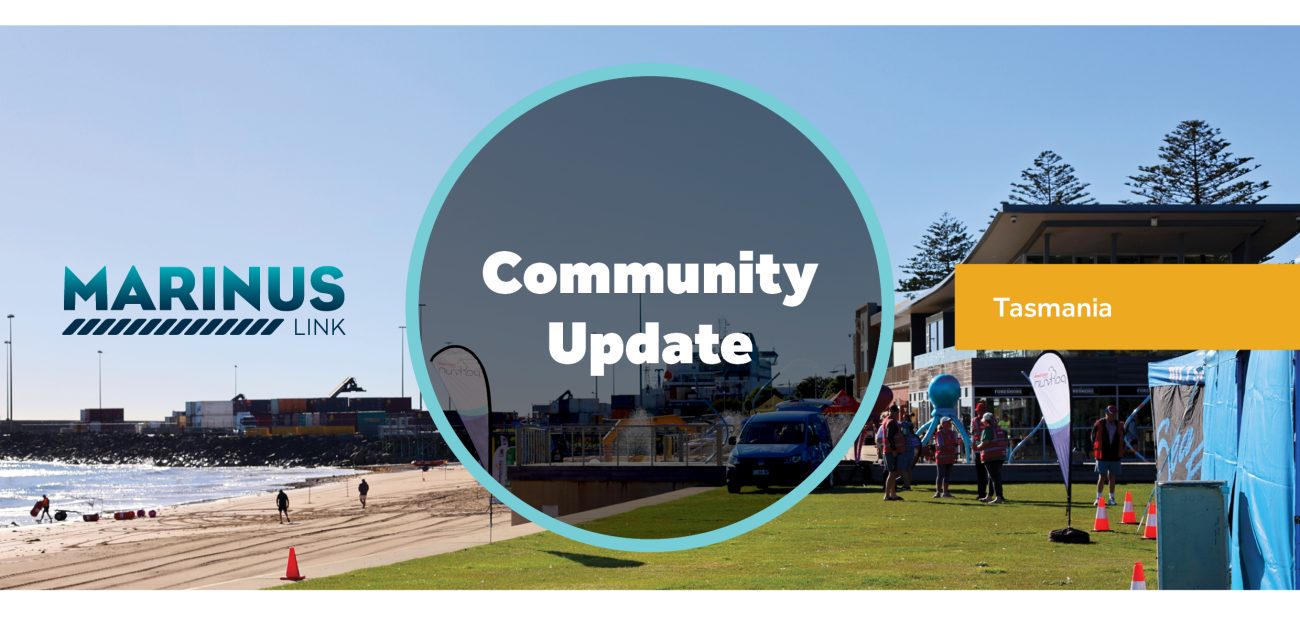

A word from our CEO, Caroline Wykamp
As we progress under tri-government ownership, submit environmental approval documents for assessment, and move towards construction, I want to share a timely reminder of what Marinus Link means for Tasmanians:
Marinus means Tasmania can combine the benefits of solar, wind, and hydropower, giving Tasmanians the lowest possible power prices and new industries the confidence to establish in the state.
Each year Tasmania’s energy needs grow. Without Marinus Link, Tasmania would have to wholly publicly fund the development of wind and solar projects to meet the growing demand, let alone cover the costs of maintaining our existing energy assets.
North West Tasmania will be at the heart of the renewable energy revolution. Marinus Link and supporting transmission developments are set to inject $2.1 Billion in economic stimulus and create over 1600 jobs (EY, 2023), and we’re just one project.
In delivering a reliable, secure energy supply and better internet, Marinus Link will attract investment in renewable energy generation, data centres and new industries. We hope you enjoy our latest Community Update and look forward to catching up with you in Burnie over the next couple of months.

Same project, different owners
Last month, Marinus Link announced its separation from Tasmania’s transmission and distribution network service provider, TasNetworks, to become a stand-alone entity. This was the first step in the new ownership model for the project, which came into effect on Friday, 22 March 2024.
The new ownership structure for Marinus Link is three-part equity ownership between the Australian Government (49%), the Victorian Government (33.3%) and the Tasmanian Government (17.7%).

Marinus Link CEO Caroline Wykamp said the new ownership arrangement is a fulfilment of government commitments to progress this nationally significant project.
“It was always planned and appropriate that Marinus Link would separate from TasNetworks, once ready,” said Ms Wykamp.
“This won’t change our important relationship to Tasmania and Tasmanians, but it will mean we can increase our focus on Victoria and the needs of our stakeholders, landholders and communities in Gippsland.”
Marinus Link’s key activities, schedules and scope will not change as a result of the new ownership, including environmental approvals, revenue setting, tender processes and a final investment decision.
A new board of directors has been appointed to MLPL with nominees from each of the three governments.
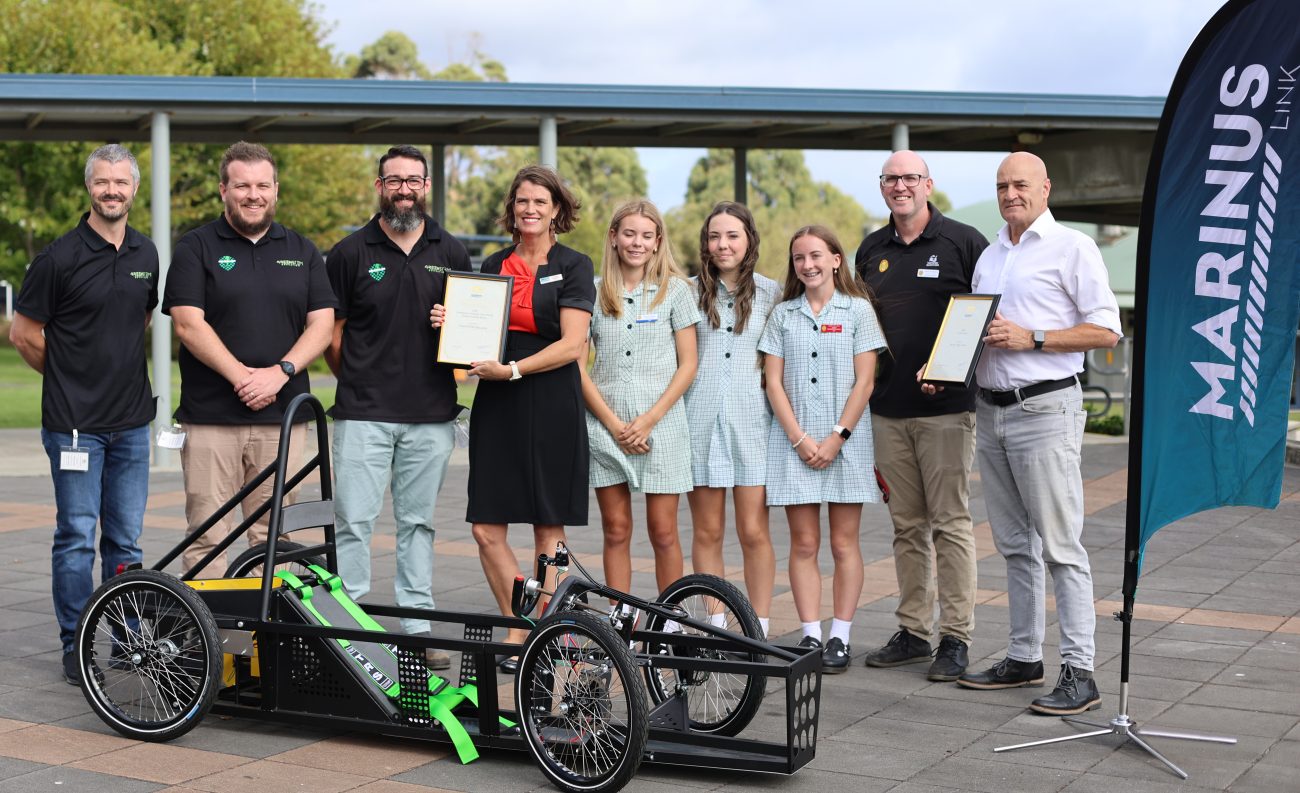
Congratulations GreenSTEM, Burnie High!
A school-based initiative encouraging students to take up local jobs and a Burnie-based Science, Technology, Engineering, and Mathematics (STEM) challenge have been announced as the two successful recipients of the Marinus Link and Burnie City Council and Community Partnership Program (Program).
Burnie High School and GreenSTEM will each receive $60,000 over three years to deliver their student-focused programs within the Burnie region.
Burnie High School’s ‘Burnie Aware’ program aims to bridge the gap between students finishing high school and local industry, exposing students to the career opportunities available within the Burnie region.
Through teamwork and science, GreenSTEM’s ‘Greenpower Tasmania’ program will inspire students to explore fascinating and limitless STEM focussed careers.
A mathematician at heart, Marinus Link CEO, Caroline Wykamp couldn’t be happier than to see two youth focused projects funded as a result of the partnership with Burnie City Council.
“We had such an overwhelming response to the program and would like to thank all applicants and importantly, Burnie City Council, for their continued support of Marinus Link,” Ms Wykamp said.
“I am so excited for the region, the renewable energy transition and for our young people.
“Who knows, these programs may just be the spark for our future tradespeople, engineers or scientists.”
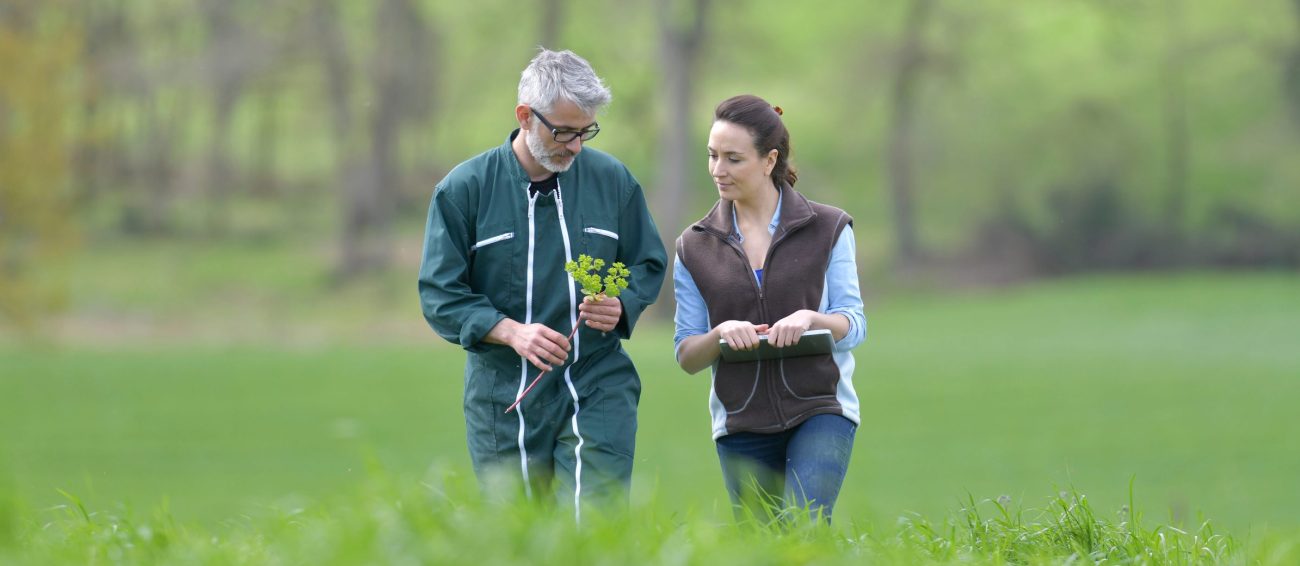
Environment & planning approvals
In December, we began submitting our environmental assessment documents to the Victorian and Commonwealth governments in preparation for public exhibition. This is a major milestone in the approvals process for Marinus Link and the culmination of years of surveying, data analysis, designing, collaboration and engagement.
Next steps
Over a six week period in mid 2024, Marinus Link’s environmental assessment documents are expected to be on public exhibition. During this time, we will be hosting drop-in information sessions to answer questions and provide information on these documents and the approvals process. For those who can’t attend a drop-in session, we will also be hosting and recording webinars. Visit our website for more information – marinuslink.com.au/assessment.
What will be on public exhibition:
- One Environmental Impact Statement (EIS) and Development Application for the converter station in Tasmania.
- One EIS for the shore crossing in Tasmania.
- One combined Environmental Impact Statement / Environment Effects Statement (EIS/EES) for Commonwealth and Victorian jurisdictions.
- One Planning Scheme Amendment (PSA) in Victoria.
Economic benefits of Marinus Link for Tasmanians
In late 2023, independent experts FTI Consulting (FTI) updated their analysis of Marinus Link’s impact on wholesale electricity prices.
FTI’s final report, ‘How do customers benefit from Project Marinus’, shows household power bills will be better off with Marinus Link than without it, with the largest savings to be felt by Tasmanian consumers.
Key findings from the report detail how Stage 1 and 2 of Marinus will create lower electricity prices, leading to a reduction in the wholesale energy portion of customer power bills:
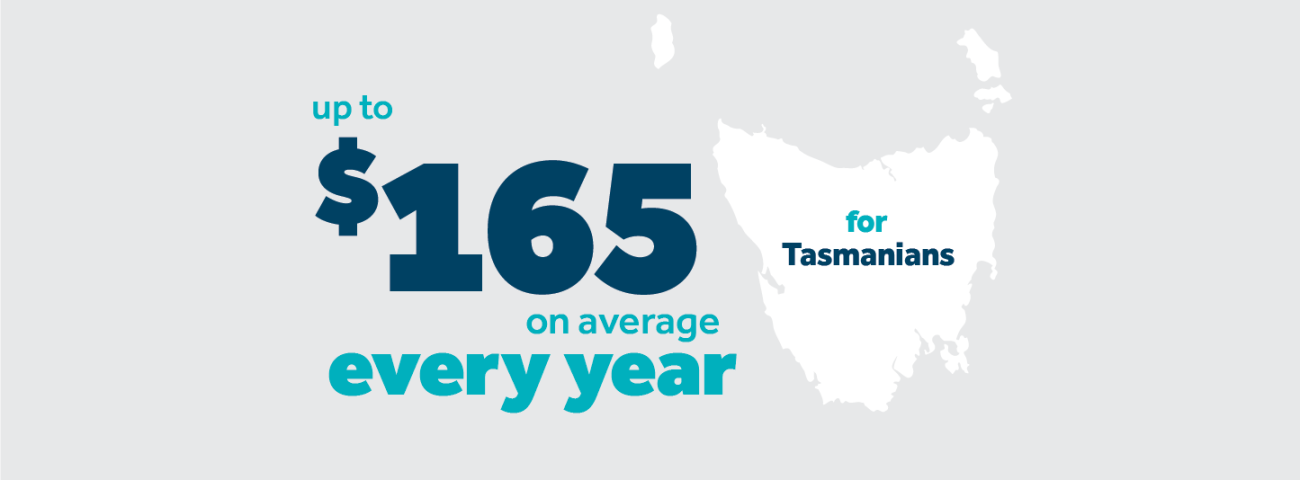
The updated analysis forecasts net customer benefits of up to $12.5 billion, taking into account expected increased project costs, a revised staging approach and changing energy market conditions.
Visit our website to read the full report – marinuslink.com.au/how-customers-benefit.
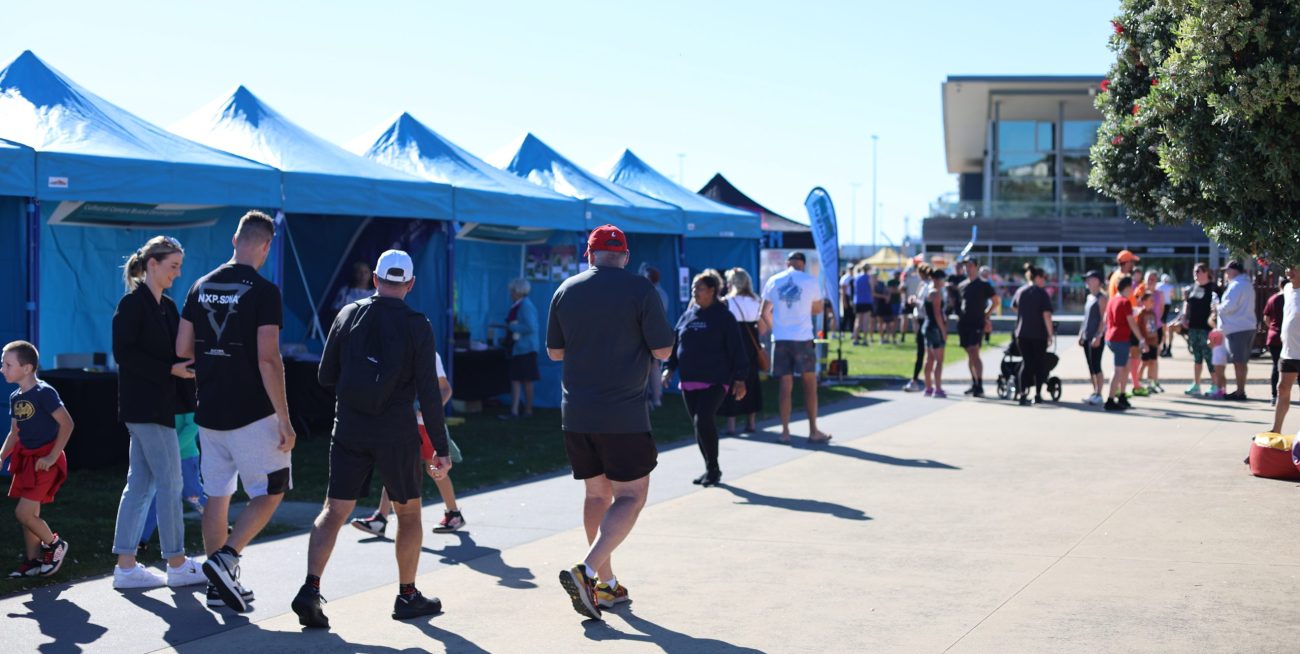
Upcoming engagement opportunities
We will be hosting engagements in mid 2024 during the public exhibition of our environmental assessment documents.
During this time, we will be hosting a drop-in information session in Heybridge and a pop-up stall at the Burnie Farmers Market.
For those who can’t attend a drop-in session, we will also be hosting and recording webinars. We will provide information on the timing of these engagements in May. Keep an eye on our website for updates – marinuslink.com.au/engagement.
Thanks for all who visited us at the Burnie foreshore!
The foreshore was abuzz with info stalls, sizzling sausages, fun runners and Ocean Iron Series participants for the Burnie City Council’s Community BBQ and Consultation event in February.
Thank you to all the locals who came to have a chat with us and take a goodie bag!
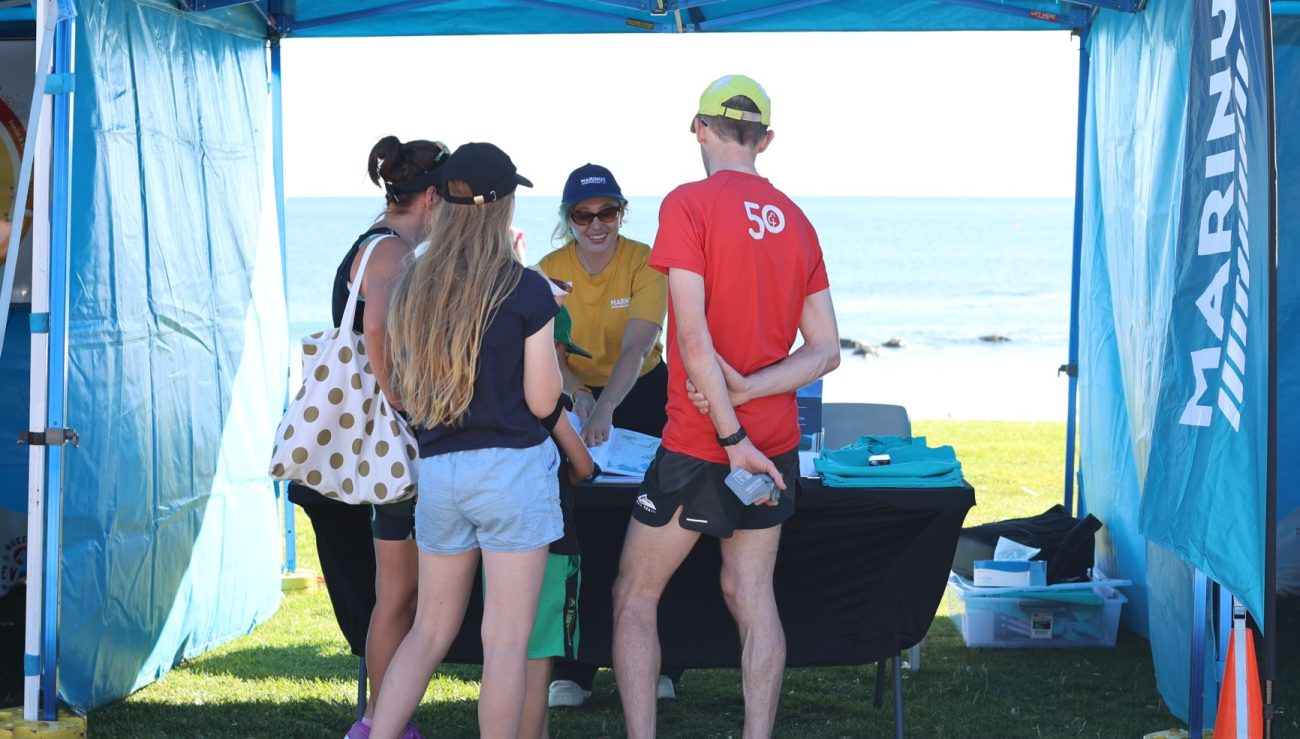
Answering your questions
What does Stage 1 and 2 of Marinus Link look like?
Stage 1 of Marinus Link will involve:
Installing the first 750MW electricity and data cable along the proposed route and constructing the converter stations at Heybridge, near Burnie and Hazelwood in Victoria.
This will include:
- Civil works for the converter station in Heybridge will include constructing the converter buildings and associated site works, such as fencing and drainage.
- A technique called Horizontal Directional Drilling (HDD) will be used to install the cable from the Heybridge converter station out into Bass Strait. HDD involves drilling horizontally underneath the highway, the rail line and the beach, minimising the impacts to the environment and local infrastructure.
From the HDD shore crossing at Heybridge, the cable will be installed undersea across Bass Strait using a cable laying vessel. From the vessel, the cable will be unspooled and lowered onto the seabed. A cable burial vessel will follow the cable laying vessel. For the majority of Bass Strait, we will use water-jetting tools to ‘fluidise’ the seabed, while trenching tools will be used where the sea floor is hard. In some locations where trenching cannot be used, cast iron or concrete may be laid over the cables to protect them.
- HDD will also be used on the Victorian shore crossing, then installed underground for 90km, ending at another converter station in Hazelwood, Victoria.
Stage 1 is set to commence in late 2025, following FID in December 2024.
Stage 2 of Marinus Link will involve:
Installing the second 750MW electricity and data cable along the proposed route and constructing the second converter stations at Heybridge, near Burnie and Hazelwood in Victoria. These will be constructed adjacent to the first converter stations.
The second cable will be approximately 1 km apart from the first cable (Stage 1) at the shore crossing in Heybridge, Tasmania; 2 km apart throughout Bass Strait; 800 m apart at the shore crossing in Waratah Bay, Victoria; and, adjacent to the first cable for the underground route in Victoria.
When will Stage 2 commence?
While the timely delivery of Stage 1 is a priority, Marinus Link is progressing the environmental approvals and civil works required for both stages.
The timing of Stage 2 will be coordinated with the development of Tasmania’s pumped hydro projects and recommendations from the Australian Energy Market Operator’s Integrated System Plan (ISP), which is updated every 2 years.
